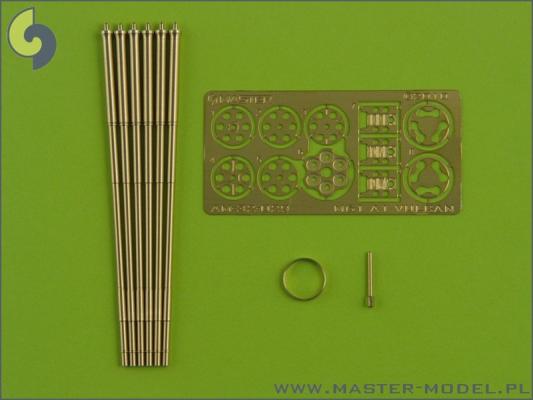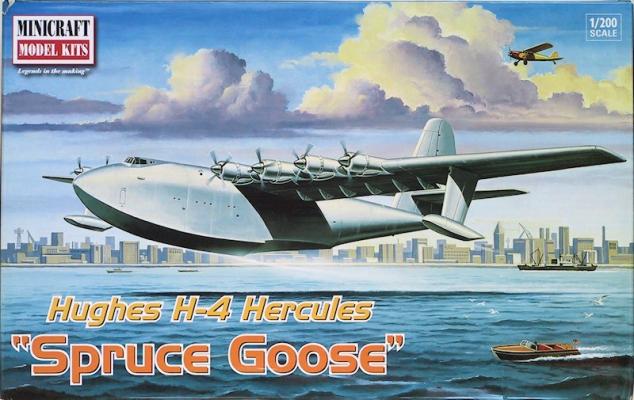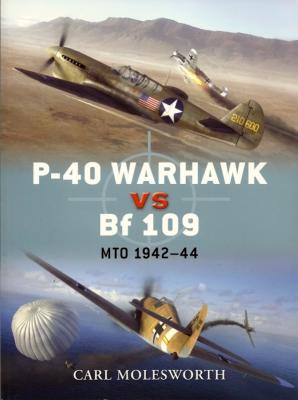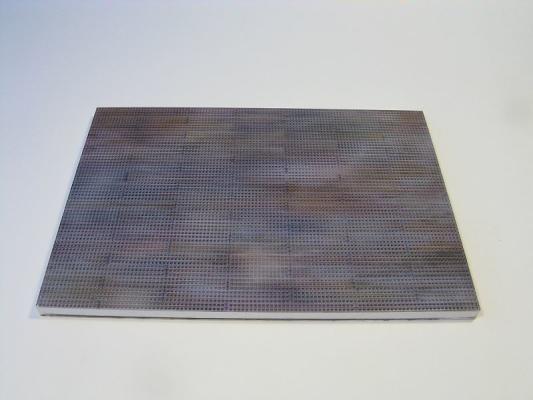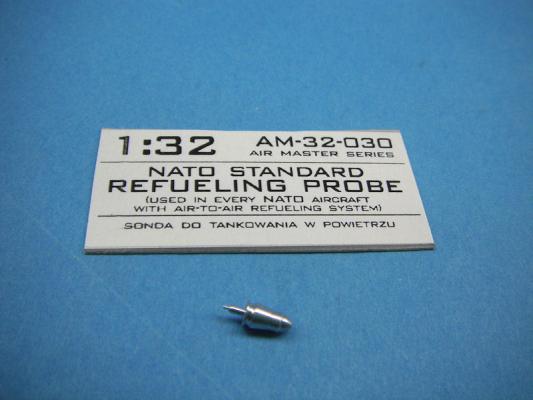Master Models has created a superb replacement for the venerable M61 Vulcan cannon found in so many planes. The set consists of 6 perfectly turned brass barrels with hollowed out ends, a machined brass ring a machined center barrel and a set of photetched pieces to bring it all together.
Welcome to the IPMS/USA Reviews site!
Introduction: The primary organization of the IPMS/USA Review website is by IPMS/USA National Contest Class. Within each Class there are sub-menus by kits, decals, books, etc. The Miscellaneous Class is for items that are not class specific or that cross two or more classes.
IPMS/USA Members: We encourage you to submit reviews, both here and to the Journal. To volunteer for membership in the IPMS/USA "Reviewers Corps" and submit your own reviews, please read the Guidelines For Submitting Product Reviews.
Manufacturers, publishers, and other industry members: IPMS/USA is pleased to offer your company the opportunity for product reviews. All product reviews are performed by IPMS/USA members, and are posted in the publicly-accessible section of our website. With very few exceptions, we perform full build reviews of new kit releases, aftermarket products, and supplies. If you would care to provide product samples for review, please contact John Noack, IPMS/USA 1st VP.
To learn more about IPMS/USA, please see our About Us page.
Background
I'll not spend much time here. Google for "Jane Russell", when you're done reading that, click any link to "Howard Hughes", and when done with that click the link to the "Hughes H-4 Hercules" to find out all you need to know about this aircraft.
I will add that SWMBO and I had a trip planned that would allow her to go to a big quilt show in Sisters, OR, and allow me to stop off in McMinnville and see the 'Spruce Goose' -- it didn't happen but is still in the back of our minds. Unfortunately, we'll never hear the sound of 8 R-4360's cranking over and running -- that's 224 cylinders generating 28,000 h.p. …. and 448 spark plugs to change ….
I would like to thank Osprey Publishing for submitting this book and thank IPMS/USA for allowing me to review it.
When we hear the name P-40 we almost invariably think of the shark mouth P-40s of The Flying Tigers doing battle with Japanese Nates and Zeroes over Southeast Asia. Nevertheless, the P-40s also spent considerable time in the air over North Africa and the Mediterranean area engaging the Luftwaffe’s Bf 109. It is the latter struggle that author Carl Molesworth captures in his book P-40 Warhawk vs Bf 109, MTO 1942-44.
Eduard is planning to release a pre-painted injected plastic PSP base. The base has a copyright of 1999 in the back, so I think it is the “old” PSP base which now gets a pre-painted treatment.
What about the pre-painting? It is great. Deep browns and grey shades, with a touch of lighter spots and rusty shades. This is not just pre-painted, it is weathered, too!! Now, be aware that the sides of the base are left in bare plastic (white). You might want to consider painting the sides to match the colors of the top and maybe to apply a wash to the overall base to bring out detail.
What is the quality and detail of the plastic? It is outstanding as we became used from Eduard. No flash or molding flaws. Clean and crisp details. The dimensions are 164 mm x 234 mm. It will fit a P-51 just fine, but it might be a bit tight for a P-47, as it is shown in the pictures.
Master Models continues its excellent string of releases in all scales with turned aluminum refueling probes in 1/32 and 1/48 scale. The parts are perfectly made and, like many Master Model parts, simple to use. You build the refueling probe, paint as required, and the cut the tip off. Drill a hole for the part and glue it on and it leaves you with a perfect part with a realistic metal finish because it is metal.
Items are:
- 1/32 32030 $4.95
- 1/48 48033 4.95
Highly recommended to add a perfect finishing touch to any kit using a NATO refueling probe. My thanks to Master Models and IPMS/USA for the chance to review these excellent parts.











